HarmonicDyne Devil – Smoothest Urban Music Performer
HarmonicDyne Devil is a $199 USD pair of IEMs or in-ear monitors, with dual custom 10mm dynamic drivers, made for bassheads, and with a metallic shell and detachable Coaxial cables (MMCX). Today we will take a deep dive in the world and sound of those Chifi Earphones and compare them with other high-quality offerings including ThieAudio Hype 2 (299 USD), Periodic Audio Titanium V3 (299 USD), IKKO OH10S (199 USD).
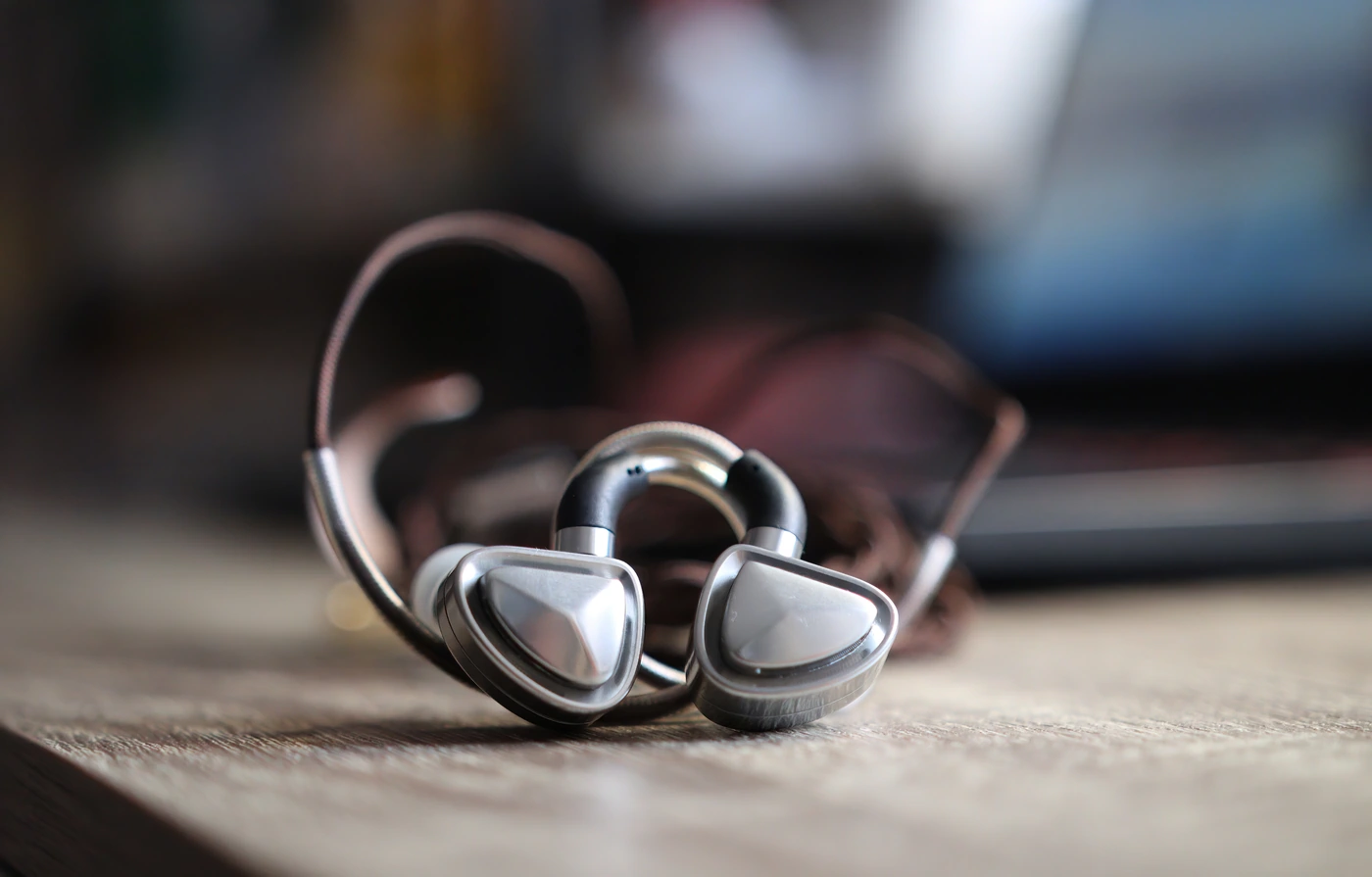
Introduction
HarmonicDyne is one of the companies that I only saw sold and fulfilled by Linsoul, with outstanding build quality, ergonomics, and sonic performance for the price point as the highlights. There is no house sound and every HarmonicDyne product sounds different from the previous release, so it will be interesting to see how they perform and compare to others in the price range. HarmonicDyne products are available both on Linsoul and on Amazon, where Linsoul is the seller fulfilling your orders. As an Amazon Influencer, I earn from qualifying purchases, and using the purchase links in my reviews helps me maintain this website and youtube channel.
I’d like to thank Linsoul for providing the sample for this review, in exchange for my honest opinion. We are not receiving any incentive for this review and Audiophile-Heaven has no affiliation with Linsoul beyond this review. This review is a description of my personal experience.
Product Link
You can grab one from www.amazon.com here: https://amzn.to/47puIZh
If you’re in the UK, you can grab one from www.amazon.co.uk here: https://amzn.to/3tIJxIA
And if you’re from Europe, you can grab one from www.amazon.de here: https://amzn.to/3tCH3vh
Build Quality/Aesthetics/Fit/Comfort
If you ever wished for full metallic shells for a midrange / entry-level IEM, then HarmonicDyne Devil will surely satisfy, as those come with really solid shells, MMCX detachable cables and they have been in design and work for two years now. The result is an IEM with a deep bass, powerful treble and clean highs, at least if we follow the word of the producer.
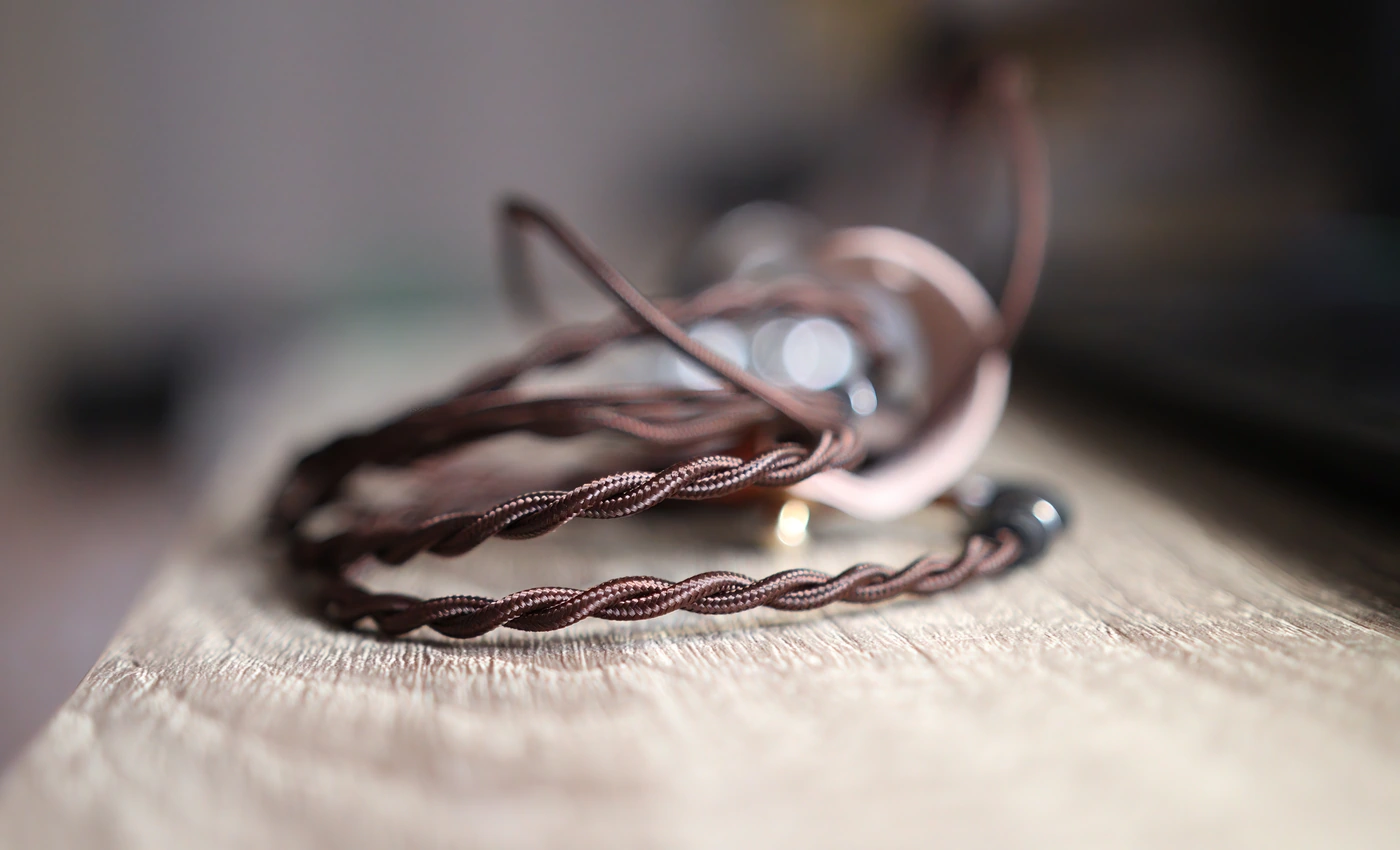
The magnets inside the drivers of the HarmonicDyne Devil are super strong NdFeB magnets, with a dual dynamic driver inside the IEMs. The impedance is low, set at 16 OHMs, and it has a CCAW voice coil imported from Japan, with an in-house developed LDM membrane. The company quotes the tuning as a balanced natural sound, and to achieve the transport of the sound front the source to the IEM, we have 33*0.08 OHM and 38*0.06 OHM strands.
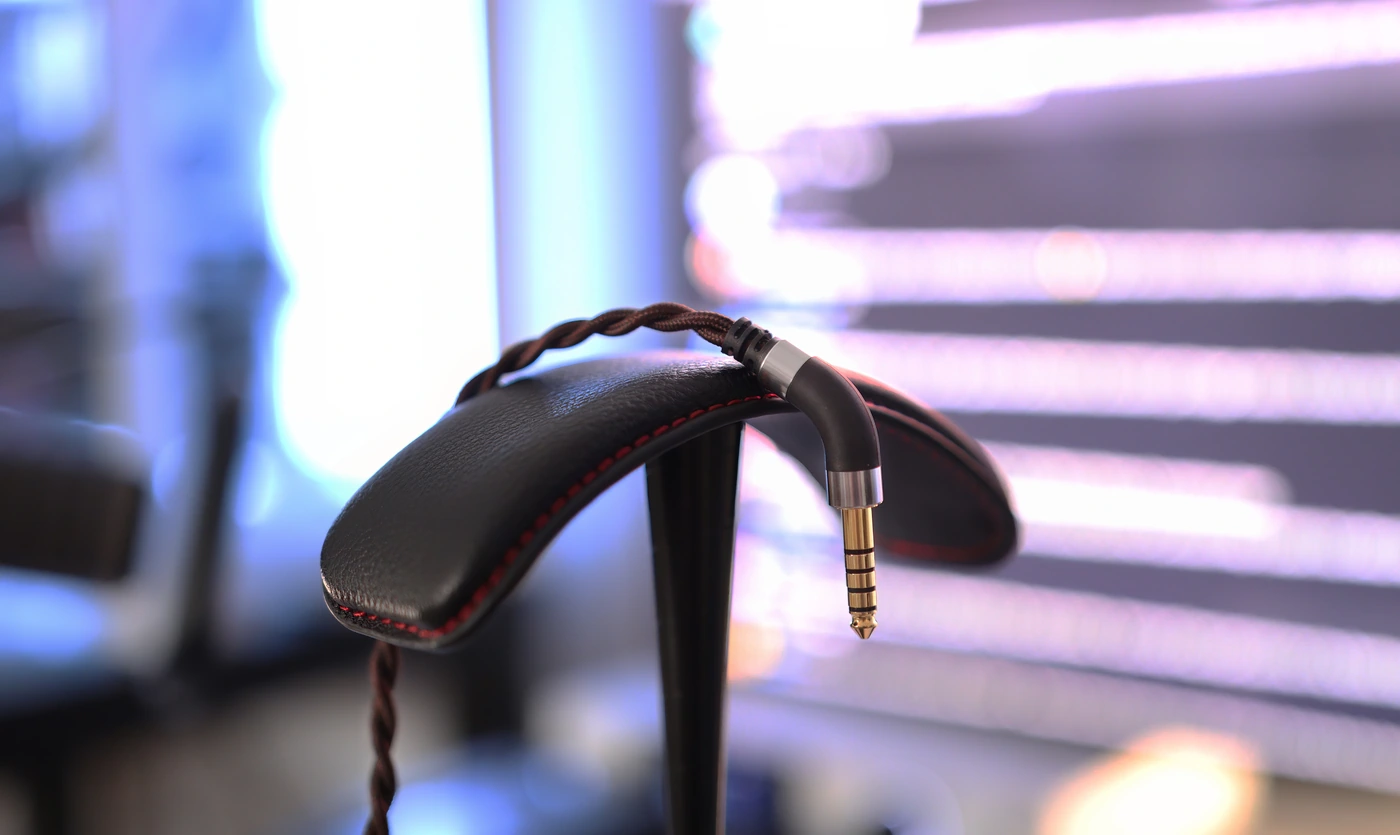
The company decided to use an OCC cable with a PVC insulation cover, above which there is a layer of high density Nylon sheath, which makes the cable and the IEM feel premium, and it does achieve the promised effect of a lower distortion. The Impedance on the Linsoul website is noted to be 5 OHMs, although it is 16 OHMs on the HarmonicDyne website.
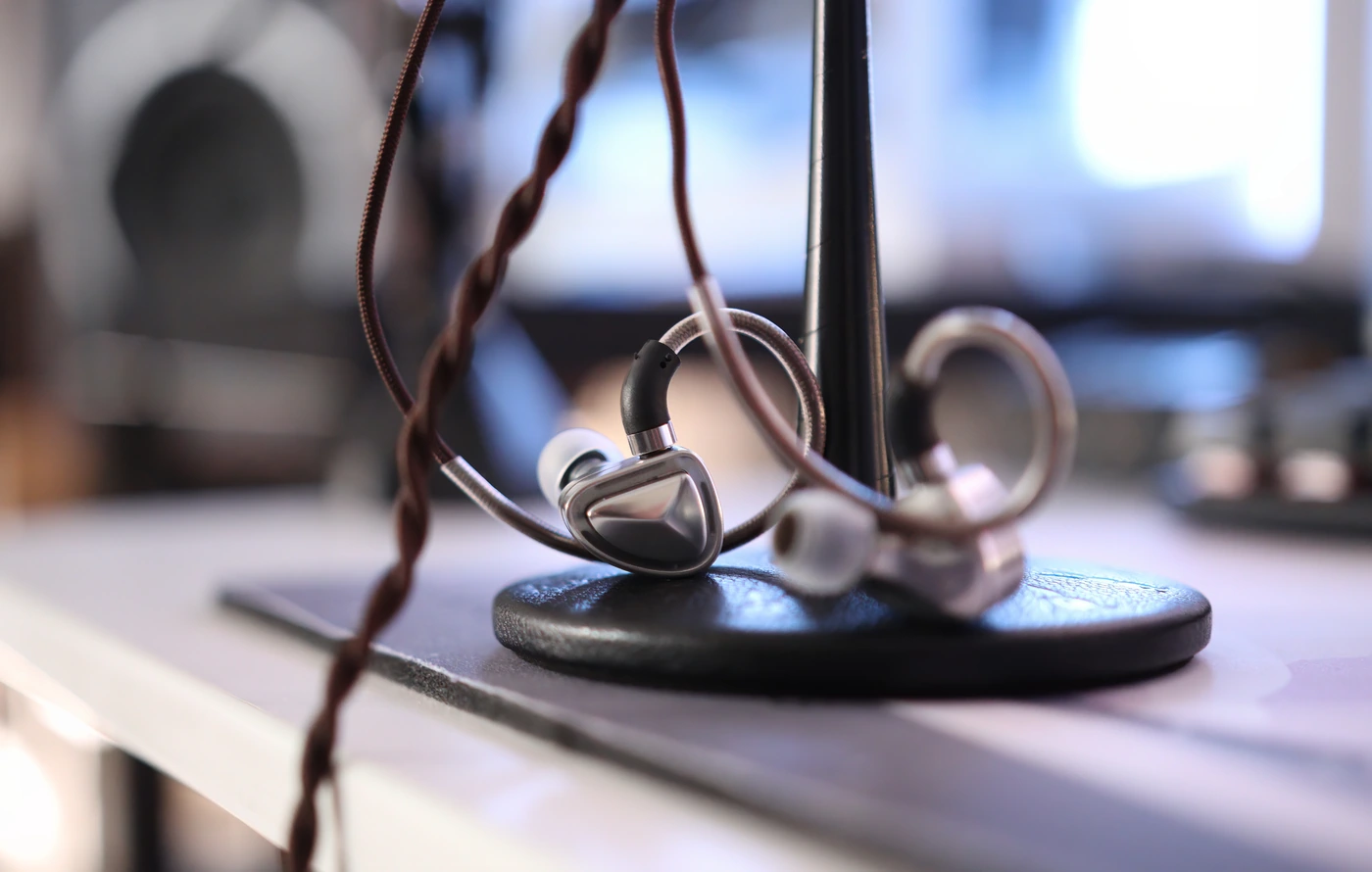
Subjectively, the IEMS are comfortable, although the metallic shell is something you feel during wear. It is not uncomfortable for my ears, but it is at the limit of size for both the bores and the shell, so for those with ears smaller than mine it might be somewhat uncomfortable. The passive noise isolation is fair, between 15 and 20 dB of passive noise isolation, and the isolation profile seems to be flatter than with most IEMs, so HarmonicDyne Devil isolates all sounds with a fairly flat profile. The leakage is somewhat high, lesser than with a pair of open-back headphones, but much louder than what you’d expect from a pair of IEMs, as the design seems to be semi open. The cable is very comfortable. We have no driver flex, no void.

The power needed to drive them is low, you can do with virtually any source including low power dongles, like Shanling UA1 Plus, but I tested the HarmonicDyne Devil with stronger sources including SMSL AO300, Aune S9C PRO, Hiby R3 II, FiiO K9 PRO ESS, JDS Labs Element III MK2 Boosted, and Audioengine D1. Generally, they sound bassy and warm and pair better with sources that are bright and neutral, and darker / smoother sounding sources can make the sound too thick and a bit dull. Those are sensitive IEMs and will show hissing and background noise levels easily, so you should use a source with a low background noise level.
Sound Quality
The sound of the HarmonicDyne Devil can be described as bassy, warm, thick, lush, smooth and with a special smoothness and lack of fatiguing elements. It is a punchy and dynamic IEM though, and although it is not the latest word in resolution or sharpness, it is musical and pleasing, pairing well with most music styles, from Jazz all the way to stoner rock. It is worth nothing that I had two versions, as it suffered a retuning in the design process, and this should be the final version that you as a customer will receive, the initial one was actually more similar to the graphs online and was more neutral and had less bass, but it had the disadvantage of sounding more dry. It is easier to enjoy the HarmonicDyne Devil at louder volumes, as at lower volumes the voices tend to be a bit far from the listener and not easy to understand.
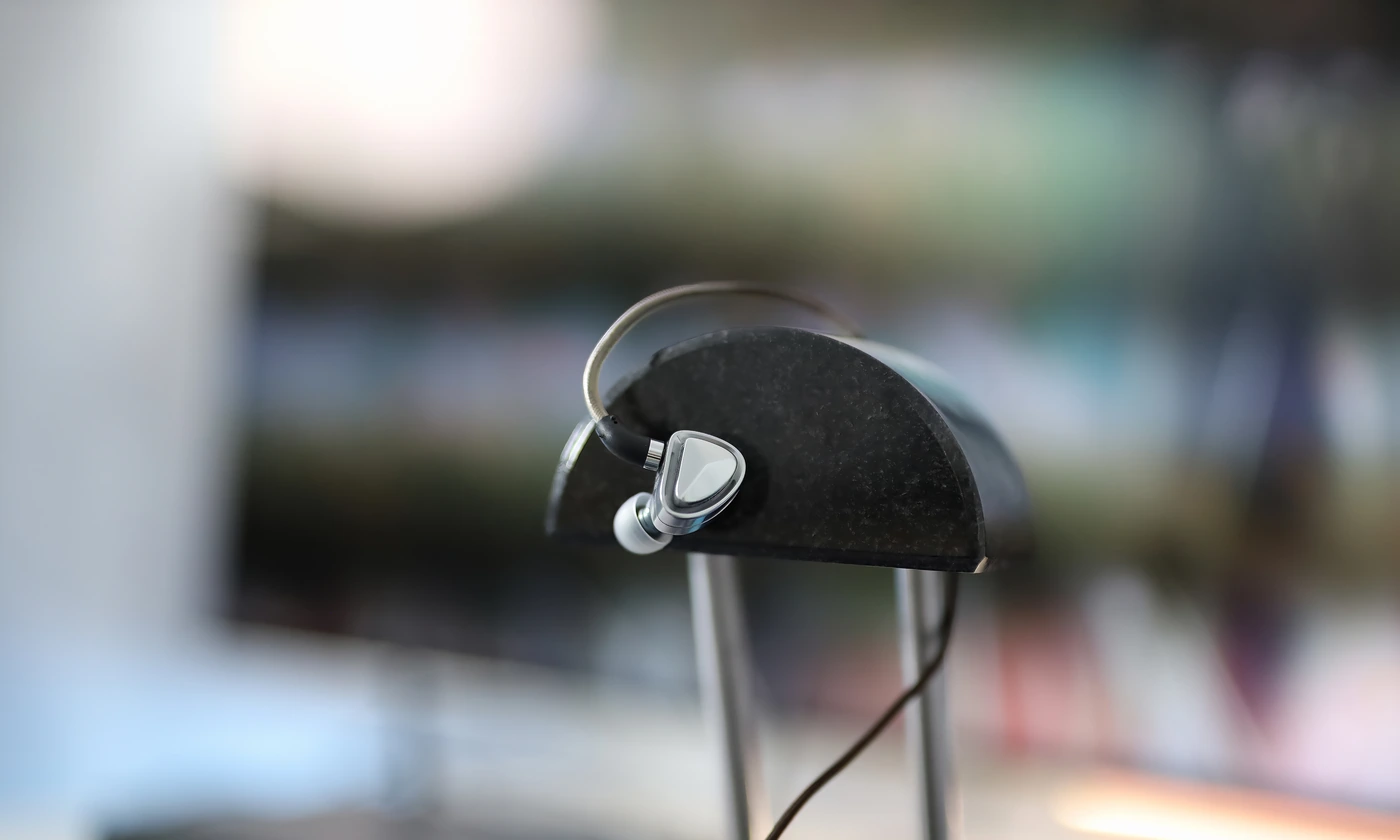
We have a large, wide, deep and powerful bass that extends easily to 20 Hz, it is everlasting, filling and sounds pleasing when in combination with the entire sound. The bass is the central element of the sound and despite the graphs taken by the company showing a balanced, even neutral sound, I would call HarmonicDyne Devil one of the bassiest IEMs that I ever heard in my entire life, with a really punchy and fluid bass. I noticed that after the second version came out (I heard a pre-production prototype), the final version became much more fluid and smoother, not dry and not as fast as the original variant, the bass sounding natural for all slower and natural paced music, but being a bit slow for technical music styles.
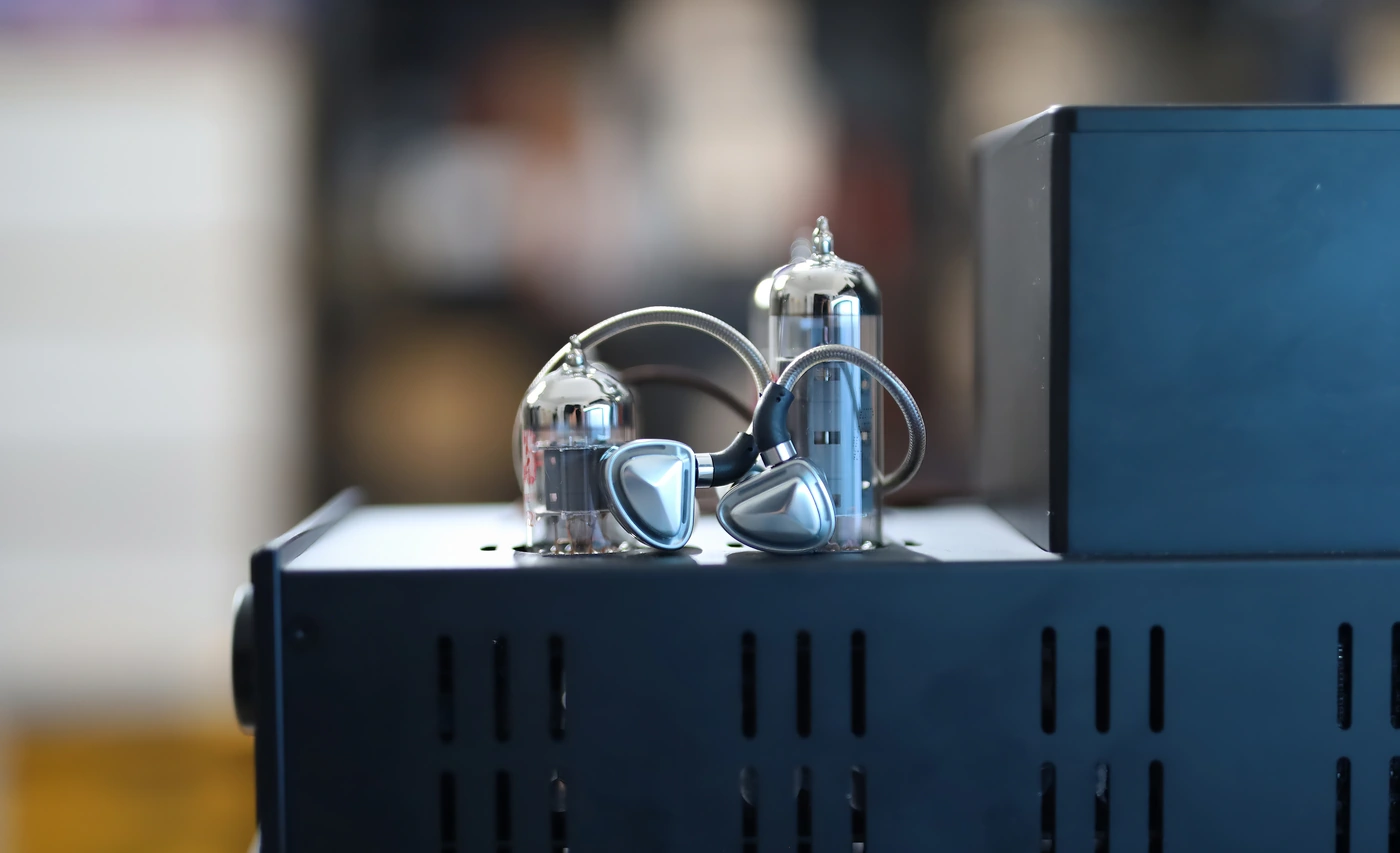
The midrange is recessed compared to the bass, but sounds full and lush, smooth and musical. It seems to bring the voices of both male and female singers somewhat closer to the listener compared to the background instruments, pushing most instrumentals farther away from the listener, to create the feeling of an open and wide soundstage. The resolution is not exactly top-notch, there being an effect similar to a veil over most of the lower midrange and upper bass, but the background instruments actually sound quick and pleasing, with a juicy, wet character, texture for guitars, pianos and most instruments. This range seems to be uplifted in particular, between 5 kHz and 7 kHz, with a smooth slope at the beginning and end of the uplift, to bring female voices and sharper sounding instruments a higher resolution.
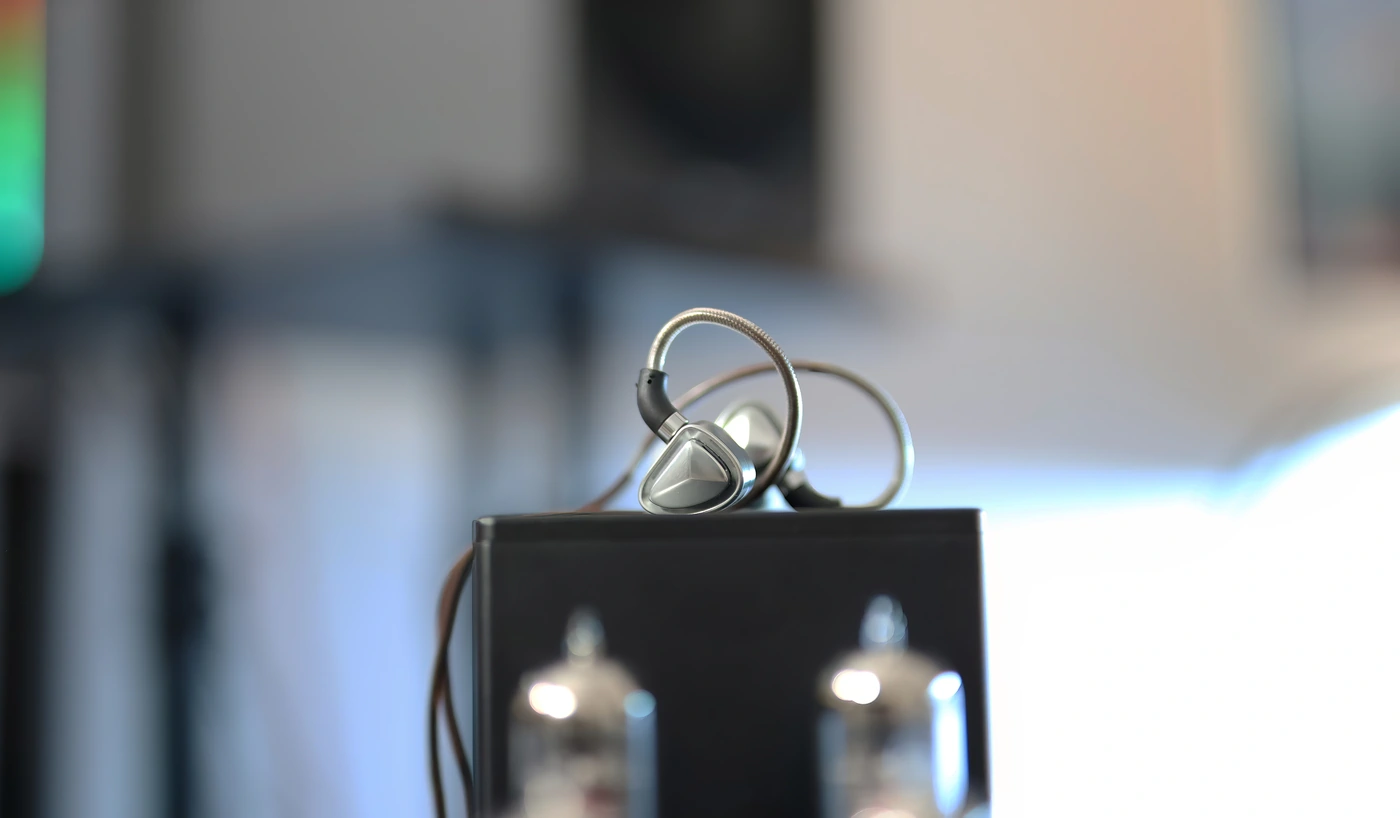
The treble is the smooth, clean, no fatigue and no risk type of treble you get when trying to pursue the safest sound that’s still somewhat engaging and enjoyable. If there are fatiguing songs that will come through as fatiguing on most earphones, HarmonicDyne Devil makes those sound tame and smooth, clean and will decrease the fatigue you get from all music. The treble resolution rolls off slowly from 8 kHz, and by 13 kHz, the treble presence is around 15 dB beneath the bass, which makes the sound quite bass heavy and dark. This coloration works well for pop, stoner rock, certain electronic and jazz, but can make metal and faster music too unengaging. Transients are super soft, along with most textures. The sound is literal perfection for rap, hip-hop and urban music styles.
Comparisons
HarmonicDyne Devil vs ThieAudio Hype2 (199 USD vs 299 USD) – Starting with a capable competitor, the build quality is great for both IEMs, with both having a nice cable, but Hype2 has a more ergonomic fit and feels better in my ears, so it wins the points here. Sonically, Hype 2 is more balanced, more resolute, but also has some displeasing colorations that are not present in the HarmonicDyne Devil, such as poorer handling of loud volumes and dynamics, while HarmonicDyne Devil, while sounding less technical and having a smoother treble, handles high volumes with a lower distortion, better dynamics.

Harmonic Dyne Devil vs IKKO OH10S (199 USD vs 199 USD) – We have a good build quality for both, but the body of OH10S is more comfortable, the bore size is also fitting my ears better, but the HarmonicDyne Devil has a better cable. The sound is far more resolute as presented by OH10S, which has a stronger treble, more punch in the highest notes, more presence in the highs, a cleaner midrange, and still a full sounding bass, but which is less forward relative to the whole sound compared to the HarmonicDyne Devil. We have on our contender a bassier sound, with a bit of veil, but a much smoother transient expression, a punchier sound. Both handle volume well, and OH10S is less sensitive to background noise. If you’re sensitive to a brighter sound, you will be picking the HarmonicDyne Devil, but for a higher technical edge, OH10S will serve better.
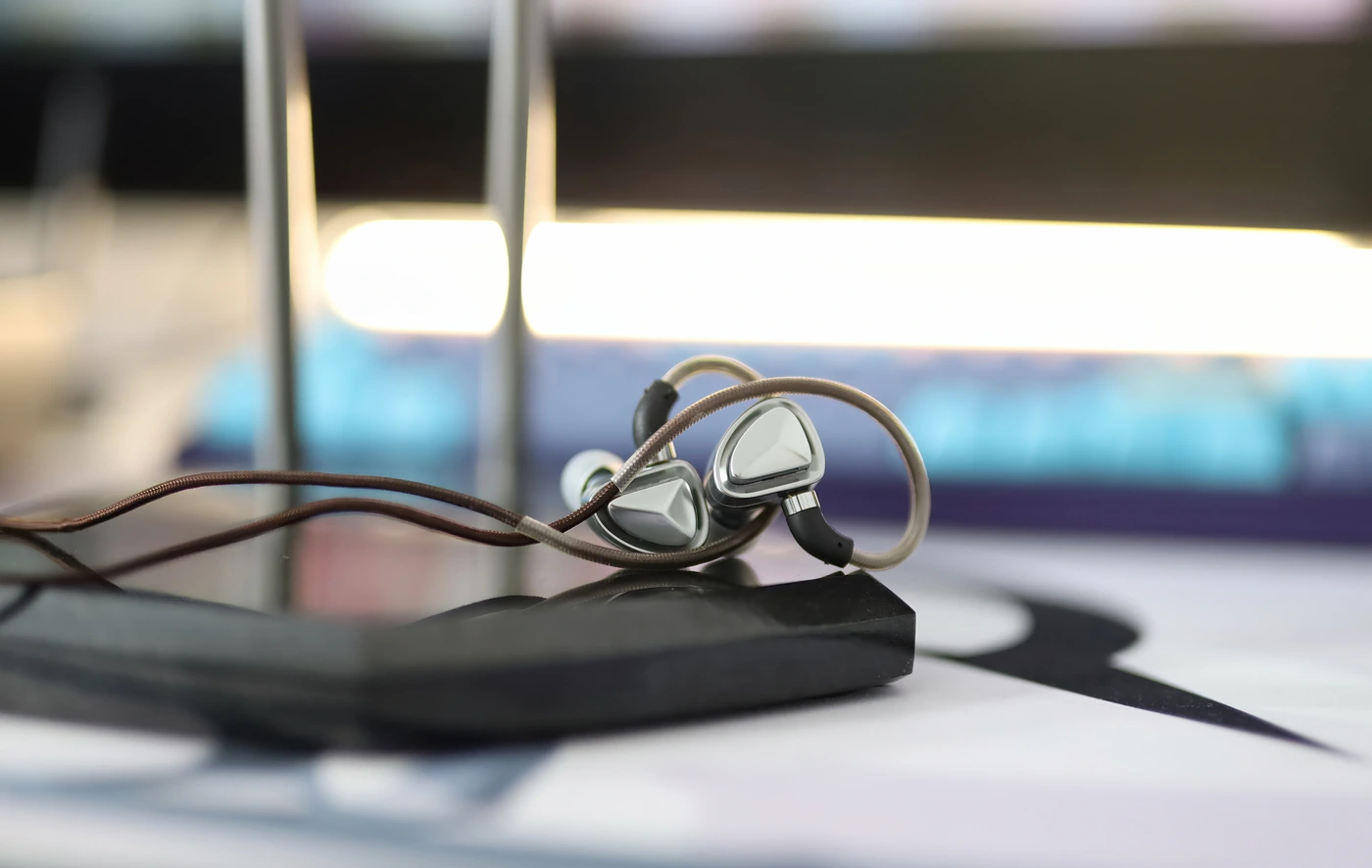
HarmonicDyne Devil vs Periodic Audio Titanium V3 (199 USD vs 299 USD) – Starting with the build and comfort, HarmonicDyne devil is made better than the Titanium V3, it has better comfort, a better default cable, better cable mechanism, and better package as well. Sonically, they are both bassy, but Ti V3 is much brighter in the treble, with a better treble sparkle, more energy, and with a more technical edge, harder and more punchy transients, but with the added fatigue as a result. HarmonicDyne Devil sounds darker, smoother, more lush, the transients are much softer, and the overall sound is far less fatiguing, but has far less energy in the treble and upper midrange, with the bass and the lower midrange being more forward.
Value and Conclusion
While HarmonicDyne is usually known for high-value products, their Devil IEM actually has a somewhat lower value than most of their products if you’re looking just for technical edge, but it is a valuable IEM if you’re of those who’s easily fatigued and if you price high quality construction, a solid package and if you look for a bassy / dark sound with smoother transients and a laid back presentation but a punchy bass instead of the most technical sound possible.
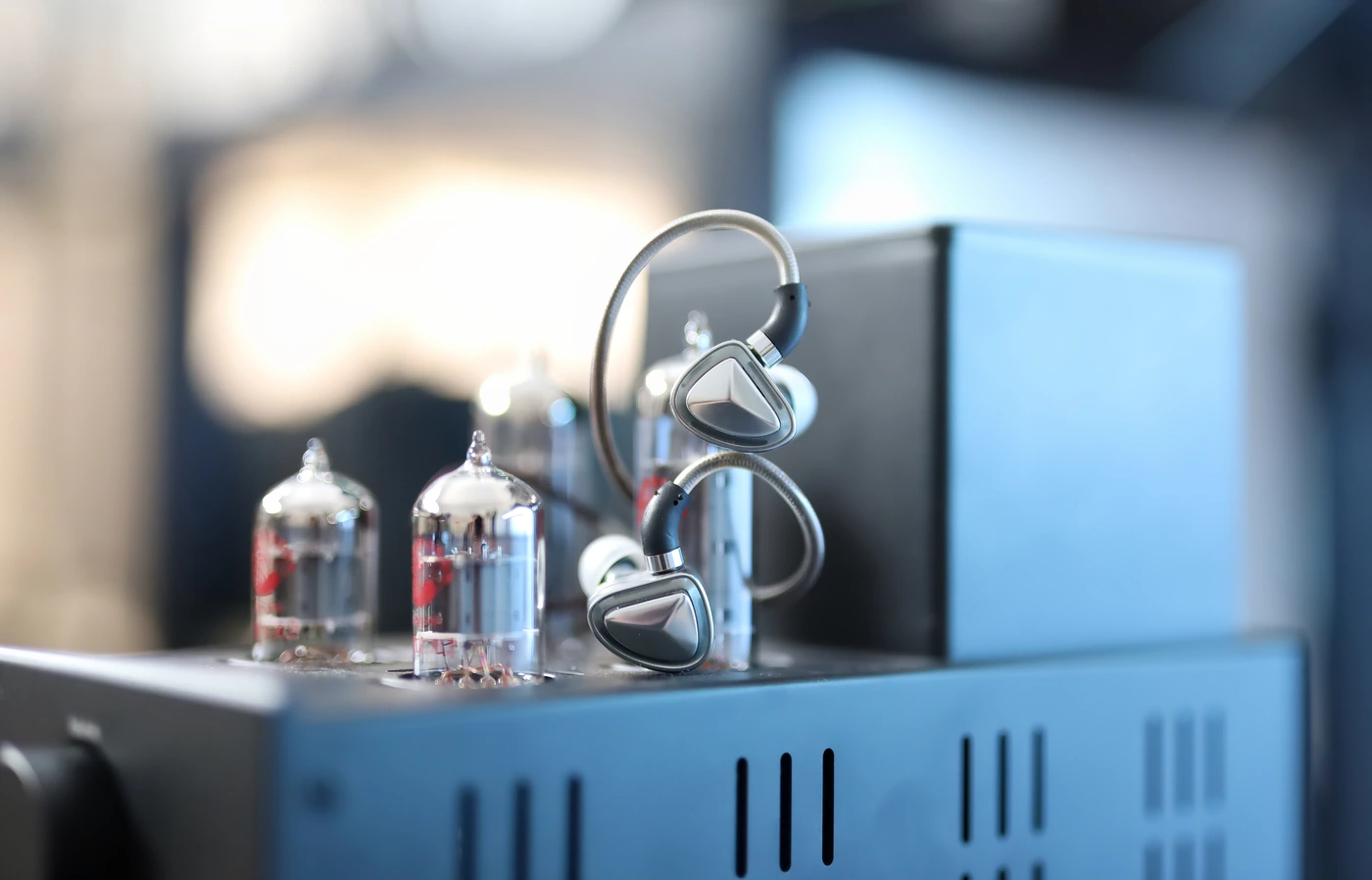
If you’re looking for a bassy IEM, the choice array is not high, and it is good to see something from HarmonicDyne having their legendary construction quality, nice package, and exceptional support, provided with the aid of Linsoul, so for those wanting a smoother, leaner sound, HarmonicDyne Devil is recommended at the current price of $199 USD. If your main styles hover around rap and hip-hop, there’s no IEM better than the Devil for you.
Product Link
You can grab one from www.amazon.com here: https://amzn.to/47puIZh
If you’re in the UK, you can grab one from www.amazon.co.uk here: https://amzn.to/3tIJxIA
And if you’re from Europe, you can grab one from www.amazon.de here: https://amzn.to/3tCH3vh
--- Please remember to stay safe, and always have fun while listening to music!---
- If you have a dime to spare, please donate, and help us! It would make the day brighter for me and my wife-
Full Playlist used for this review
We listened to more songs than those named in this playlist, but those are excellent for identifying a sonic signature. I recommend trying most of the songs from this playlist, especially if you’re searching for new music! The playlists are different for Spotify, Tidal and Youtube, and based on the songs I enjoy and are available on each!
https://www.youtube.com/playlist?list=PL_cjBXGmwSHSdGcwuc_bKbBDGHL4QvYBu
https://open.spotify.com/playlist/5J3oloz8Riy9LxEGenOjQ0?si=979ba4f082414be7
https://tidal.com/browse/playlist/330fd544-8e5b-4839-bd35-676b2edbb3d5
--- Contact Us ---






[…] Headphones, and for the IEM list I have used Tin HIFI P1 MAx II, Campfire Moon Rover, Simgot EM10, HarmonicDyne Devil, HeartField Blanc, and Soundz Flame. The headphone list includes Palma DHS-1, Audeze MM-100, […]
[…] for the IEM list I have used Westone MACH 60, Tin HIFI P1 MAx II, Campfire Moon Rover, Simgot EM10, HarmonicDyne Devil, HeartField Blanc, and Soundz Flame. The headphone list includes Palma DHS-1, MIRPH-1, Audeze […]
[…] Leaf D01, NF Audio NE4, Rose Technics QTX, Moritz Dragon, Campfire Moon Rover, ZiiGaat Arcadia, HarmonicDyne Devil, HeartField Blanc, Soundz Flame and TinHiFi P1 Max II. UTWS 5 does an excellent job at driving all […]
[…] Smart has been done with both stereo headphones, including Palma DHS-1, Audeze MM-100, Simgot EM10, HarmonicDyne Devil, Crosszone CZ-8a Enhanced, Crosszone CZ-10 Enhanced, Erzetich Mania V2024, Erzetich Thalia, SIVGA […]
[…] FiiO FD15, BQEYZ Winter, Tin HiFi P1 MAX II, Campfire Bonneville, SIMGOT EM10, NF Acous RA15, HarmonicDyne Devil, EPZ x Tipsy Star One, Hiby x FAduio Project Ace. I also have tested H20 PRO with a collection of […]
[…] of the Fudu Verse 1, also comparing it to other appealing alternatives on the market, including HarmonicDyne Devil (199 USD), HIDIZS MP145 (159 USD), and Dunu Kima (99 USD). As we will explore today, this is the […]
[…] more about their sound, but also compare the BQEYZ Winter to other similarly priced IEMs, including HarmonicDyne Devil (199 USD), ThieAudio Hype2 (299 USD), IKKO OH10s PhotoChromic IEMs (199 USD), and Kiwi Ears Quintet […]